The topic of sexuality is complex and shrouded in shame, fueled by a complete lack of comprehensive sex education in the United States. This leaves many of us struggling to understand our own sexuality independently which can be messy and frustrating. Furthermore, experiencing sexual shame on an independent level means it’s difficult to internalize that you aren’t the only one struggling with a certain issue. The first step to unlearning this shame is by acknowledging that it exists and then you can begin to unpack it. Let’s address some common sources of sexual shame together.
Not being able to achieve orgasm in a specific way or at all
This is more commonly spoken about as an issue that women struggle with (an estimated 10-15% of women experience orgasmic dysfunction) but anyone can experience difficulty attaining orgasm. There are many potential roots of the problem including, but not limited to sexual trauma, age, hormones, mental and chronic illness, and certain medications. Whether or not there is a clear root of the problem, there is nothing wrong with you for experiencing difficulty attaining orgasm. Societal expectations and misinformation is the source of the shame, your body is not inherently shameful and you did not do anything “wrong” to “deserve” this. Most important to remember, you do not need to be able to orgasm in order to enjoy sex and masturbation.
Not being interested in intercourse, but interested in other sexual/sensual activities
Heteronormative expectations of sex center around penetrative sex; it is posited as the goal of sex. Unfortunately, this is exclusionary to many people like queer people, people who experience sexual dysfunction, or just anyone who does not derive pleasure from penetrative sex. Aside from being exclusionary, it’s limiting for everyone who has internalized that expectation. Once we are able to unlearn heteronormative expectations of sex (easier said than done!), so many doors open in terms of sexual possibility. Intercourse is just one of many ways to enjoy sex and it is not the sole “right” way to have sex.
Having responsive desire rather than spontaneous desire
Generally speaking there are two main types of how people experience a desire to have sex. Responsive desire means someone often needs to experience physical arousal before experiencing mental desire while spontaneous desire means someone often feels mental desire before physical arousal. Mainstream media and societal expectations posit spontaneous desire as the “norm,” leaving those with responsive desire to feel like something is wrong with them. Neither is superior, they are simply different. If you are struggling with your desire type being compatible with your partner(s), check out this Embrace Sexual Wellness blog post on desire discrepancy.
Experiencing sexual dysfunction or pain
Similarly to orgasmic dysfunction, it’s hard not to feel “broken” for experiencing sexual dysfunction or pain, especially if it prohibits you from having the kind of sex you want to have. It makes sense to grieve the fact that your body cannot do something that you wish that it could. At the same time, it’s integral to remember that you still deserve to have enjoyable sex and that it is still possible, even if that means it won’t look the way you expected.
The source of the shame related to the reasons above is because of the limiting societal expectations and beliefs about sex. The problem does not lie in the individual, but in the inaccurate and exclusionary ways we learn and talk about sex. You are not alone in your challenges. If you find yourself struggling to address your sexual shame alone, consider reaching out to Embrace Sexual Wellness and one of our sexuality professionals will happily help guide you through it.

































